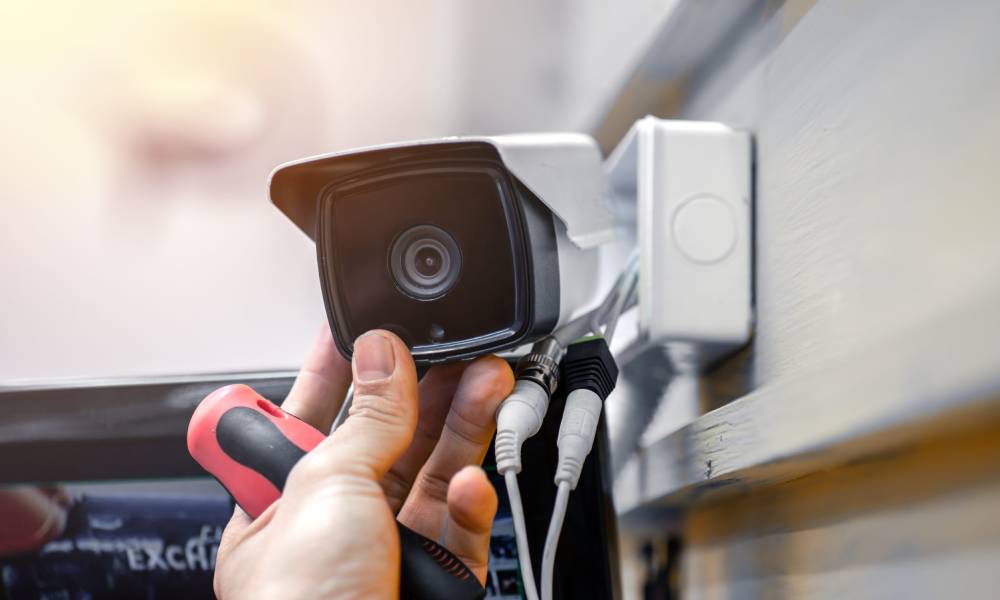
Installing a CCTV system, yourself can be a rewarding project. Here’s a step-by-step guide to help you with the DIY CCTV installation process:
Selecting the right CCTV (Closed Circuit Television) system requires considering several factors to ensure it meets your needs. Here’s a step-by-step guide to help you make an informed decision:

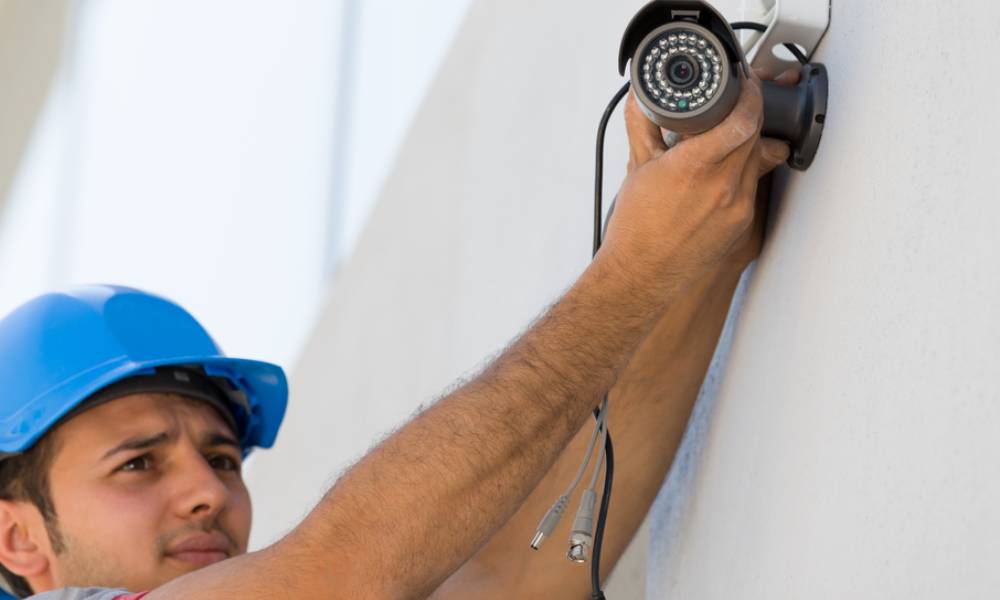
The proper positioning of CCTV cameras is crucial to ensure effective surveillance and coverage of the desired areas. Here are some general guidelines for camera placement:
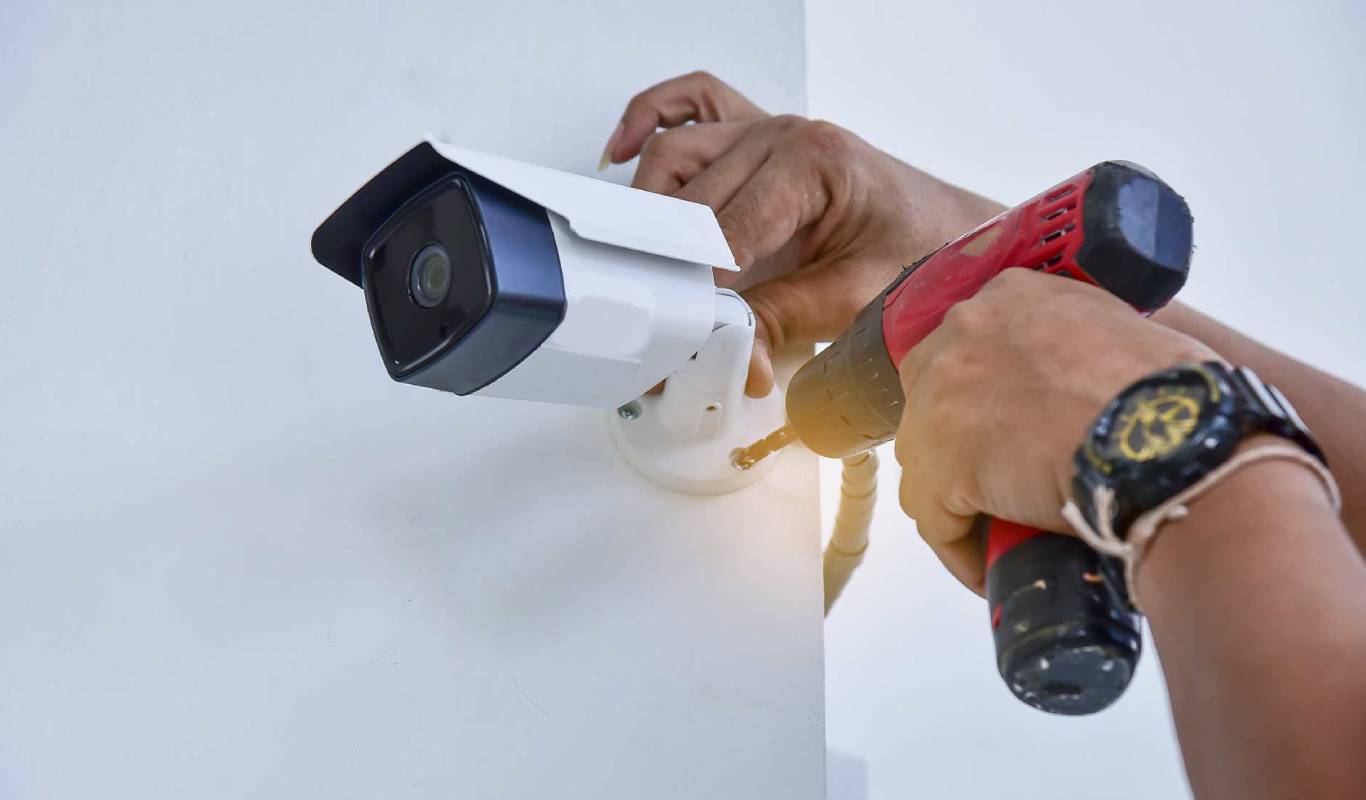
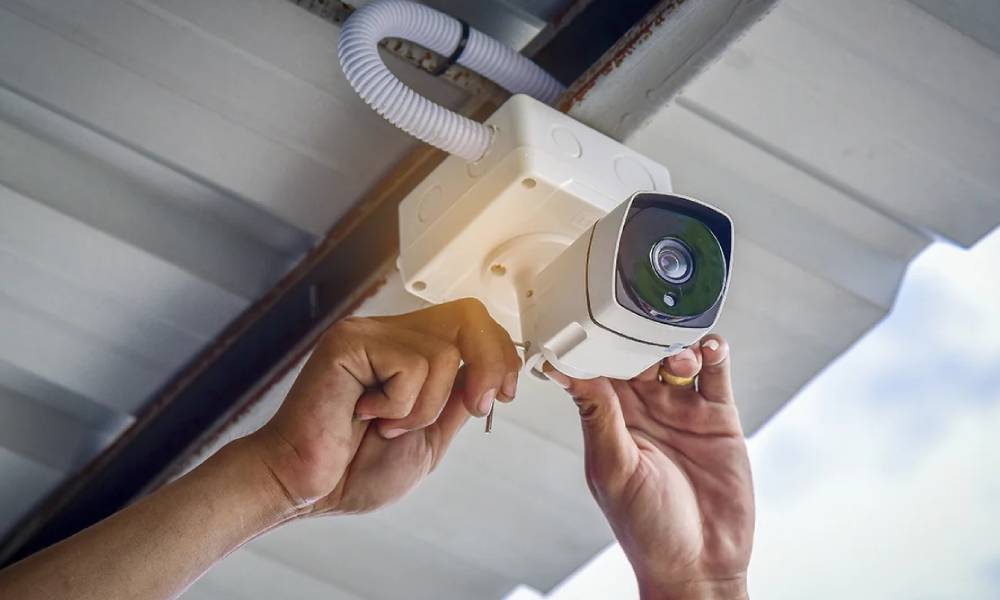
Installing a CCTV system requires a set of tools to ensure proper installation and configuration. Here are some commonly used tools for CCTV installation:
Connecting the components of a CCTV system involves establishing the necessary connections between the cameras, recording device, power supply, and other peripherals. Here’s a step-by-step guide to help you make the connections:
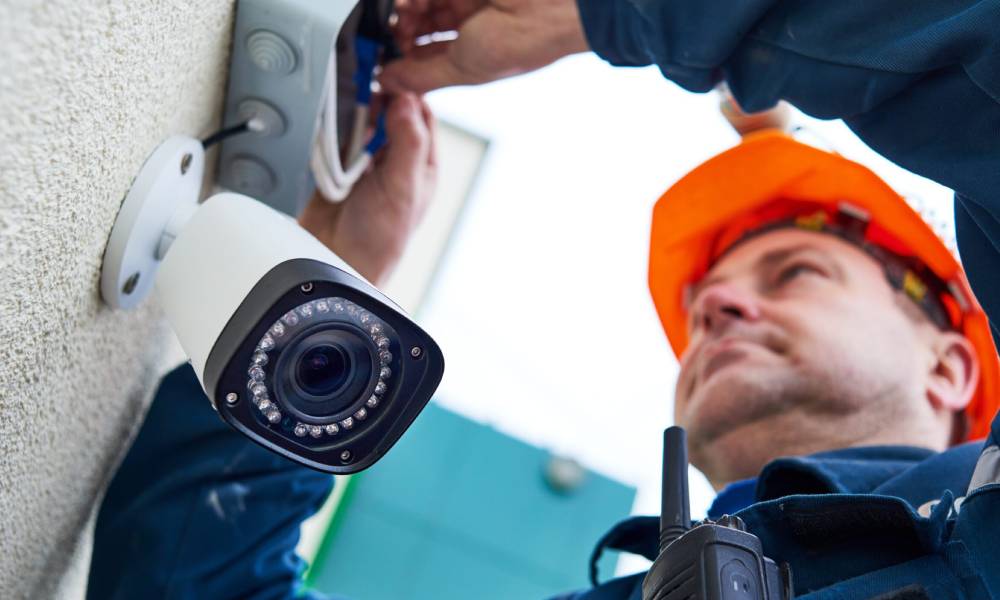
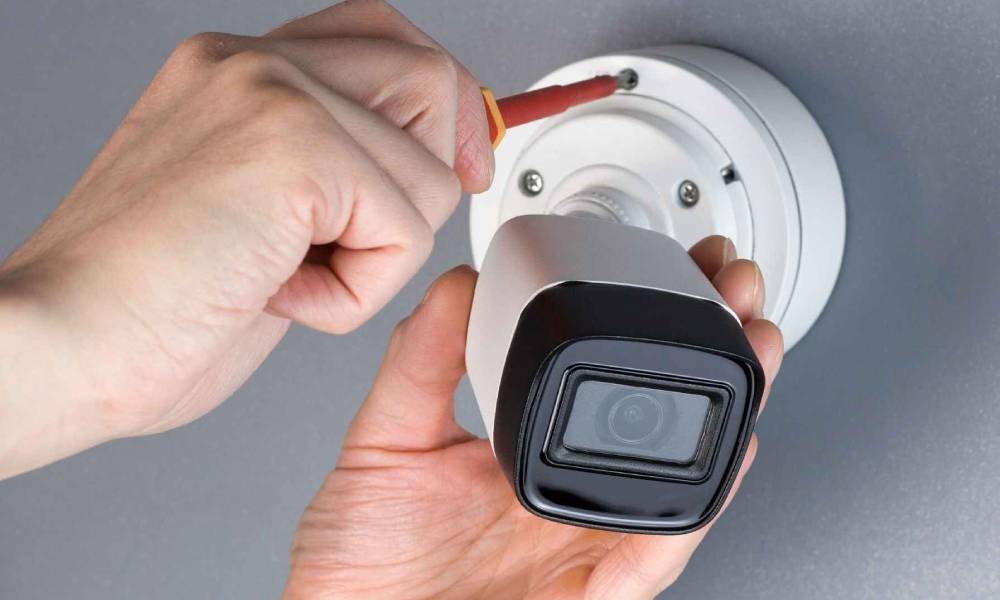
Configuring a CCTV system involves setting up the recording device (DVR or NVR) and configuring various settings to meet your specific requirements. Here’s a step-by-step guide to help you configure your CCTV system:
Remember to consult the manufacturer’s user manual or documentation for specific instructions related to your CCTV system. The user interface and configuration options may vary depending on the brand and model of your recording device. If you encounter difficulties or need further assistance, consider contacting the manufacturer’s support or seeking help from a professional CCTV system installer.
Copyright © 2023 | Prestige Security UK | All rights reserved.